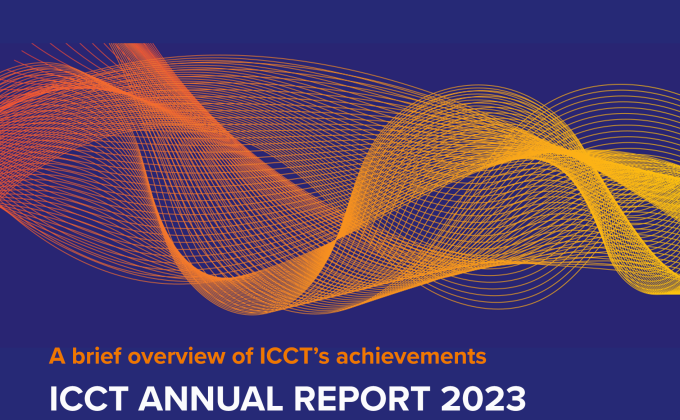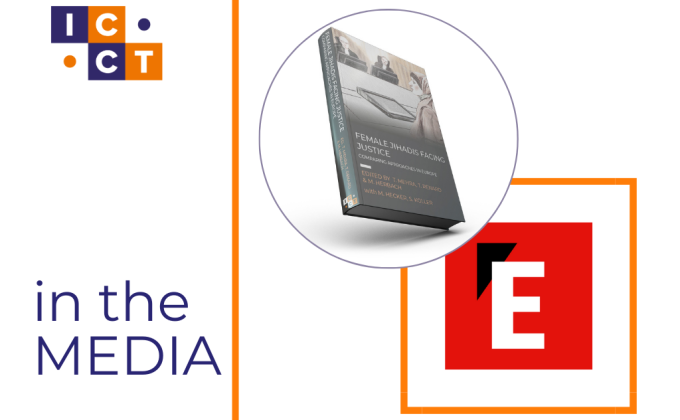As a service to ICCT's readers, Colin Clarke and Paul Rexton Kan summarise key points of their work and makes suggestions for further reading.
In November 2017, we co-authored “Uighur Foreign Fighters: An Underexamined Jihadist Challenge,” published by the International Centre for Counter-Terrorism- The Hague (ICCT). Uighurs, specifically individuals of Turkic decent from China’s northwest province of Xinjiang, have become a noticeable part of the constellation of globally active jihadist terror groups. Uighur jihadists first came to the world’s attention when the United States and its allies invaded Afghanistan in 2001. While continuing their cooperation with the Taliban under the banner of the East Turkestan Islamic Movement (ETIM), Uighur jihadists have now spread to Southeast Asia and the Middle East. ETIM’s members are part of the Turkestan Islamic Party fighting with the Al-Qaeda umbrella group in Syria, but other Uighurs have joined the Islamic State and still others have joined terrorist groups in Indonesia. Despite their rising prominence within the global jihadist movement, Uighurs are currently underexamined as active participants in militant groups. Publications about Uighurs have been piecemeal – focusing on their struggles against the Chinese government or narrowly describing the specific groups in which Uighurs have been participants. Our Policy Brief explores the scope and scale of Uighur Foreign Fighters (UFF) activity in various locations, its implications and how their participation in global jihadist groups may evolve in the future. This is a particularly important development to assess, especially as the IS caliphate continues to deteriorate and foreign terrorist fighters seek to return to their countries of origin, or third-party countries where they could link up with other terrorist and insurgent groups.
Recommended Reading
There has been some relatively recent research in this area which we have followed with great interest. Michael Clarke has a forthcoming book Terrorism and Counter-Terrorism (Hurst, 2018) in China that examines an array of issues related to Uighur terrorism and includes chapters by Raffaello Pantucci on “Uighur Terrorism in a Fractured Middle East” and Sean Roberts on “The Narrative of Uighur Terrorism and the Self-Fulfilling Prophecy of Uighur Militancy.” Other recent research has focused on China’s use of technology as a counter-terrorism tool, including articles such as “China Has Turned Xinjiang Into a Police State Like No Other,” from The Economist, and similar research by the United States Institute of Peace (USIP) on “China’s Approach to International Terrorism,” and the Jamestown Foundation’s Terrorism Monitor on “The Uighurs and China’s Regional Counter-Terrorism Efforts.”
In addition to several separate pieces of research related to the crime-terror nexus, Clarke is currently working on a book for Polity Press titled “After the Caliphate: The Islamic State and the Future Terrorist Diaspora,” which examines the evolution of the global jihadist movement and attempts to trace what will happen next, as the Caliphate dissolves and foreign terrorist fighters move on to new conflicts around the world. He has a recent article with Assaf Moghadam titled “Mapping Today’s Jihadi Landscape and Threat,” which appears in a special issue of Orbis as part of a special project by the Foreign Policy Research Institute (FPRI). Paul R. Kan is working on a project is entitled "Militias: The Global Challenge of Paramilitary Violence," which analyzes a specific international security issue that militias in various countries affect: fragile states, human rights and democratization, illicit trafficking and transnational crime, internal conflicts, and proxy wars.
Read the full Policy Brief here.









